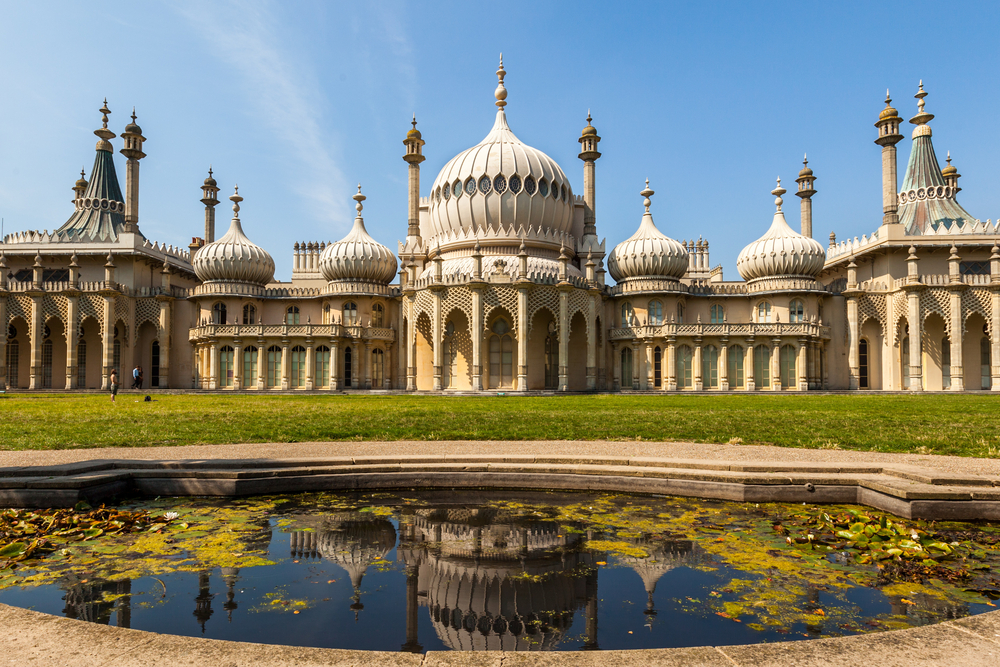How Brighton Began
After the fall of the Roman Empire way back in the 5th century, the Saxons created the Kingdom of Sussex, which included the area we now know as Brighton.
The settlement was then used as a fishing area and landing-place for boats. We know from the Domesday Book of 1086 that the area evolved into a fishing village with a population of 400 and was by then known as ‘Bristelmestune’ – the first recorded name of the town.
Bristelmestune continued to grow into a larger and more well-established town, and survived attacks from the French in the 1500s, going on to become the largest settlement in Sussex by the early 17th century.
In the early 18th century, the decline of the fishing industry and a huge storm prompted a dip in Brighton’s population until the mid-1700s.
The resurgence of popularity began when the then Regent Prince George IV began to spend his leisure time in the town and went on to build some of its most striking architecture. It’s in this period that Brighton gained its current name and started to become the thriving seaside resort that it remains today!

Brighton's Historic Architecture
Architecture is a huge part of Brighton’s history. The age-old structures which are scattered around the city demonstrate the booming growth of the small seaside town during its Regency period and the following Victorian era, when the arrival of a connecting railway line prompted wealthy day visitors from London.
So many of Brighton’s now-iconic buildings and attractions were built during these periods, including one of the most unique of all – the Royal Pavillion. Built in 1786 as a seaside residence for the frequently visiting Regency Prince George IV, the Pavillon is a spectacular landmark and a stunning amalgamation of Regency-era architecture influenced by Indian and Chinese styles.
The Victorian era also saw a huge development of the town’s most defining attractions today, including the Grand Brighton Hotel, which was built in 1864 due to the influx of the upper classes visiting the city. Another of this period’s great and lasting triumphs remains one of the town’s most distinctive and iconic landmarks today – Brighton Palace Pier!

Brighton’s Culture Today
Today, Brighton is regarded as one of England’s most popular tourist destinations and cultural hubs, thanks to its plethora of stunning landmarks, attractions, and music and arts scene.
Brighton is also known for its diversity and inclusivity and is home to one of the UK’s largest LGBT communities and the annual Brighton Pride Festival.
With a rich history, incredible landmarks, beautiful beachfront, and amazing culture, it’s easy to see why Brighton has been voted ‘happiest city in the UK’.
Inspired to take a trip to Brighton this year? Discover our selection of the best hotels near Brighton pier.

